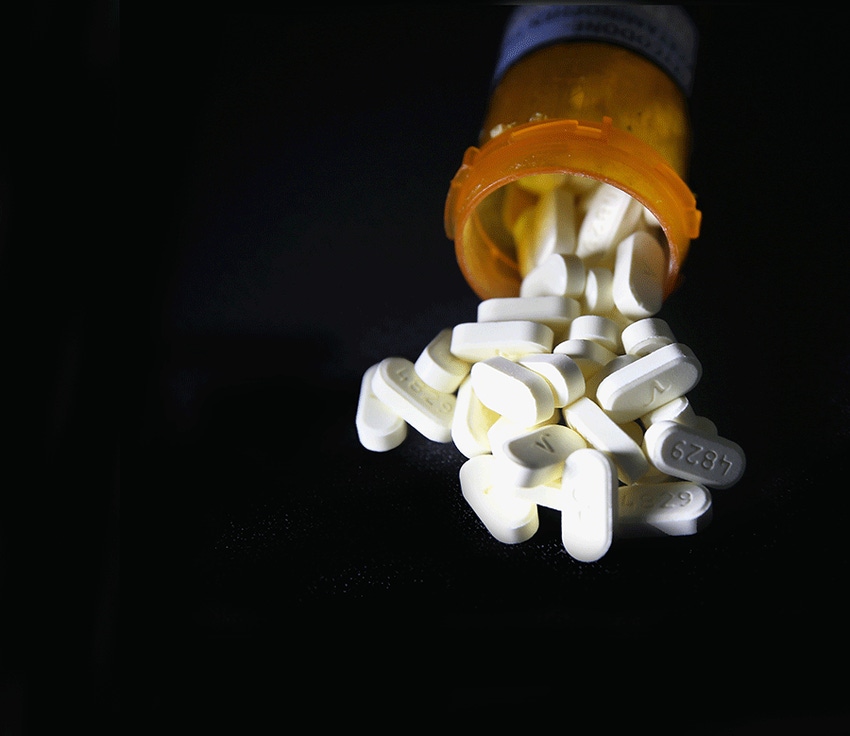
One thousand dollars per pill, once a day for six months. That’s what a guy I know was told would be the price of a drug to treat complications from a years-ago liver transplant. He’s a veteran, and the VA paid significantly less than that.
But his is just one example of today’s drug costs; a few others include nearly $10,000 per month for a prostate cancer drug, $12,500 per month for a bladder cancer drug, $300,000 per year for a muscular dystrophy drug, or the (currently) most expensive prescription drug, for treating spinal muscular atrophy, at a whopping $750,000 per year.
All of these, and the seemingly endless “ask your doctor” drugs that populate every TV program and mass circulation magazine, are “specialty drugs” that carry breathtaking sticker prices — and generate huge profits to companies holding the patents. Although they represent less than 10 percent of total prescriptions filled in the U.S., these single source patented drugs now constitute nearly 65 percent of total drug spending, up from 29 percent in 2010.
Most of the ads for these specialty drugs magnanimously offer “If you can’t afford your drugs, X company may be able to help.” But that “help” often requires poverty level income; if you’re an average Joe/Jane worker, sorry, you don’t qualify for assistance. Even if you have health insurance, it may not cover a specialty drug, or if it does there likely is a steep yearly deductible and co-pays up to 40 percent or more.
It’s basically a wild, wild west environment, in which manufacturers can, at will, increase prices beyond already stratospheric levels. Most of these specialty drugs have no generic equivalent, and when a patent nears expiration, the manufacturer often makes slight changes in the formulation, classes the drug as new, and thus continues the steep pricing.
A recent study ranked the U.S. health care system as the worst of 11 high income nations. Yet it spent more on health care than any of the other countries analyzed.
Even many cheaper generic drugs have seen sharp price increases, as with the Epipen for emergency allergy treatment that went up 500 percent when it was bought by another manufacturer, or the tripling of the cost of insulin for diabetics over a 10 year period. It has become almost commonplace for a company to buy a drug from another manufacturer, then increase the price manyfold for the exact same or slightly altered formulation.
U.S. prescription drug prices are, says the AARP, among the highest in the world. But, drug companies contend it’s necessary to pay for the R&D needed to develop new, more effective medicines. Ironically, those drugs are sold in Canada, in Europe, and elsewhere for significantly less than the U.S.
The Center for Medicare Services says prescription drug prices continue to rise faster than wages or cost of living. More irony, Medicare, the largest spender on prescription drugs, is prevented from requiring competitive bidding by the 2006 Bush administration law that, in effect, handed pharmaceutical companies billions of dollars in extra profits. The VA, which can use competitive bidding, pays on average 80 percent less for brand name drugs than Medicare.
On the campaign trail, President Trump slammed drug companies as “getting away with murder,” and to rousing cheers, promised “I’m going to bring down drug prices.” He also vowed to allow Medicare to negotiate discounts on drugs. But after he was elected, there was a sit-down with pharmaceutical industry leaders and lobbyists, and like others of his grandiose statements, those lofty campaign promises were abandoned in favor of giving drug companies tax cuts and increased deregulation.
U.S. health care spending grew 4.3 percent in 2016, according to the Centers for Medicare and Medicaid Services, reaching a whopping $3.3 trillion, or $10,348 per person. As a share of the nation's Gross Domestic Product, health spending accounted for 17.9 percent.
In its most recent analysis, the Commonwealth Fund, a private foundation that conducts independent research on health care issues, has ranked the U.S. health care system as the worst of 11 developed nations. The study, conducted every three years, analyzes 72 factors in the health care process, access, administrative efficiency, equity, and patient outcomes. The U.S. ranked last or near last in administrative efficiency, access, equity, and health care outcomes.
Yet it spent more on health care than any of the other high income countries analyzed.
About the Author(s)
You May Also Like




